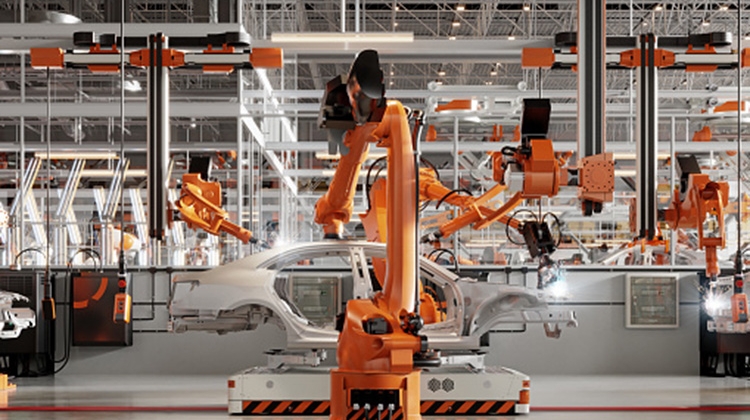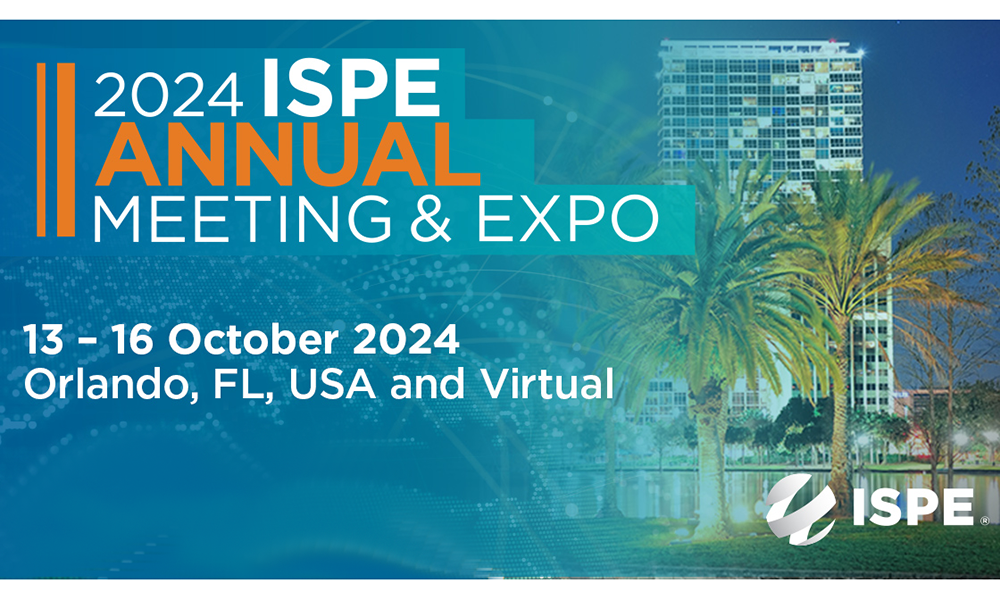The endorsements made within Annex 1 encourage the use of robotics and automation with isolator- barrier technology. The union of these technologies meets the regulatory goals of eliminating the most abundant source of error and contamination, the people involved within the aseptic manufacturing processes. The average human has ~1-3% of their body weight as microorganisms, outweighing human cells 10:1, and more human interaction with production processes means more microbes being shed and higher probability of contamination.
Current ATMP production methods have a high degree of exposure to human-generated contamination. This is primarily because ATMP products are made in lower quantities which typically use less automation and more manual production steps than traditional biologics and have many unique processing steps. The increase in the use of these products has led to a few small advancements in production quality, but there will need to be an increase in productivity improvements as ATMP’s become more prevalent in the medical field. Introducing robotics to the production of ATMP’s will eliminate every possible human contamination exposure point, making robotics an ideal solution for both productivity and product quality.
Supplementary good manufacturing practices (GMP) like Pharma 4.0TM being worked into the manufacturing process will continue to push robotics to the forefront of aseptic manufacturing processes. Pharma 4.0 discusses a holistic control strategy with robotics, and automation along with the sensors and AI systems that drive the robotic systems will be necessary to achieve the full benefits of a holistic strategy. These systems will be interconnected within a broader network of systems that will drive the robotic systems to produce the right product at the right time. In a function where sterility is necessary by regulation, the benefits of robotic systems with isolator-barrier technology are obvious and should quickly become the standard for manufacturing platforms.
Robotics also address the challenge of product waste and making use of all the drug product available. Personalized autologous therapies are a perfect example of this. Autologous therapies use patient supplied materials, such as white blood cells or bone marrow. Since a person only has a certain amount of an autologous product available, it is critical that waste is all but eliminated during the manufacturing process. Robotics assists in minimizing product waste by handling products gently, safely, and efficiently. In the event a reject is identified, robots can remove the rejected container while leaving the others untouched.
Overall, the use of robotics in the relatively new ATMP space will greatly enhance nearly all aspects of the industry. With regulatory requirements and GMP recommendations trending towards less human interaction and more robotic automation, robotics is the way of the future for the ATMP industry.
iSpeak Blog posts provide an opportunity for the dissemination of ideas and opinions on topics impacting the pharmaceutical industry. Ideas and opinions expressed in iSpeak Blog posts are those of the author(s) and publication thereof does not imply endorsement by ISPE.




